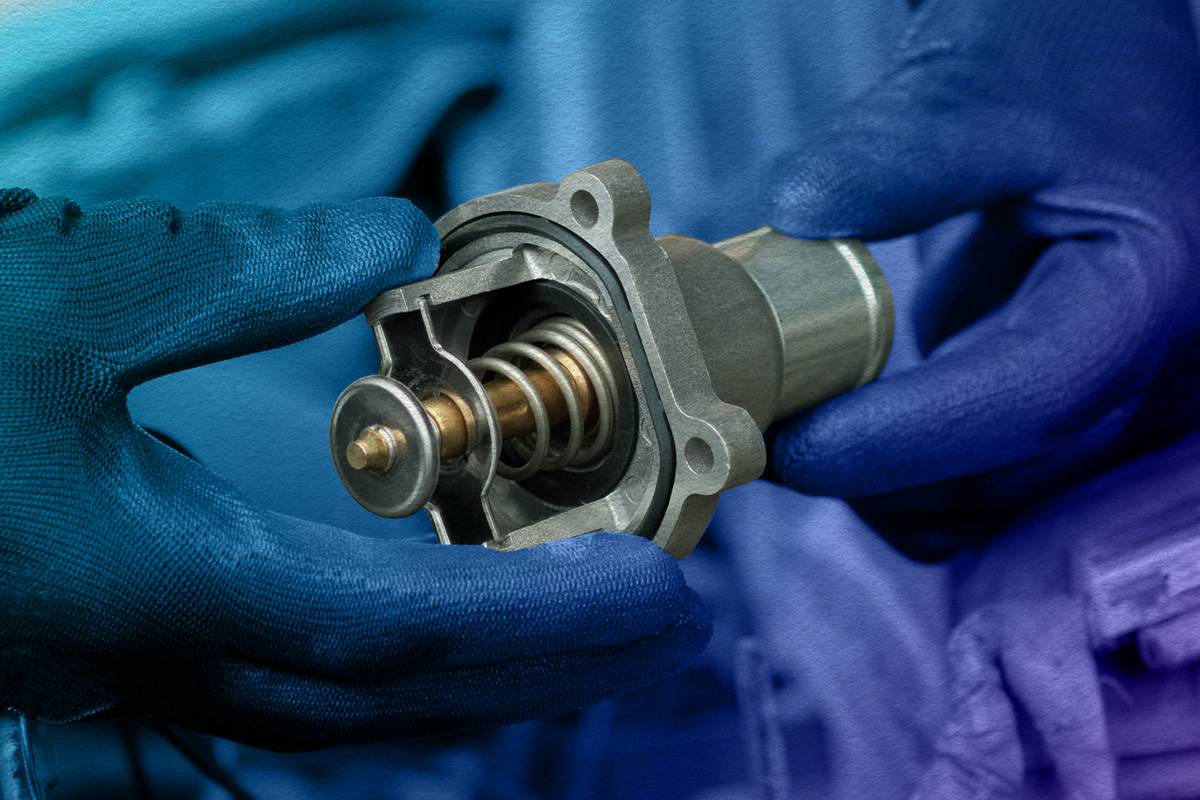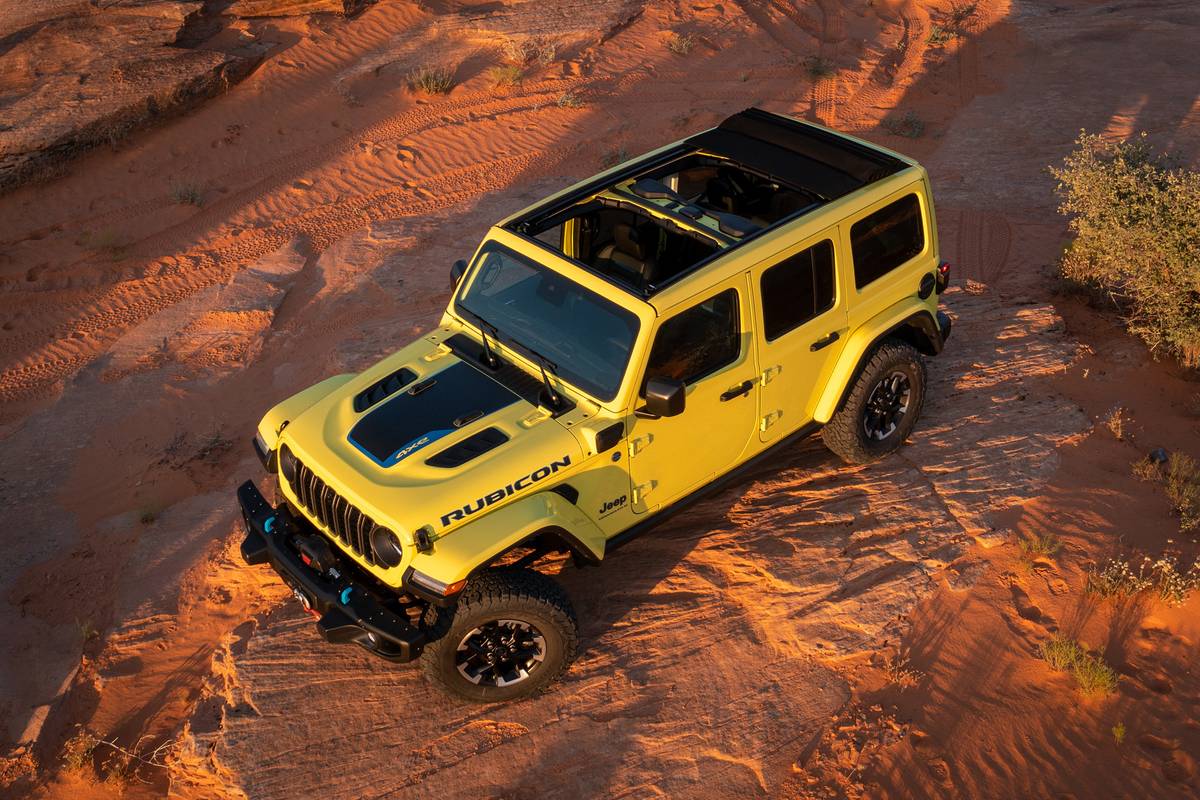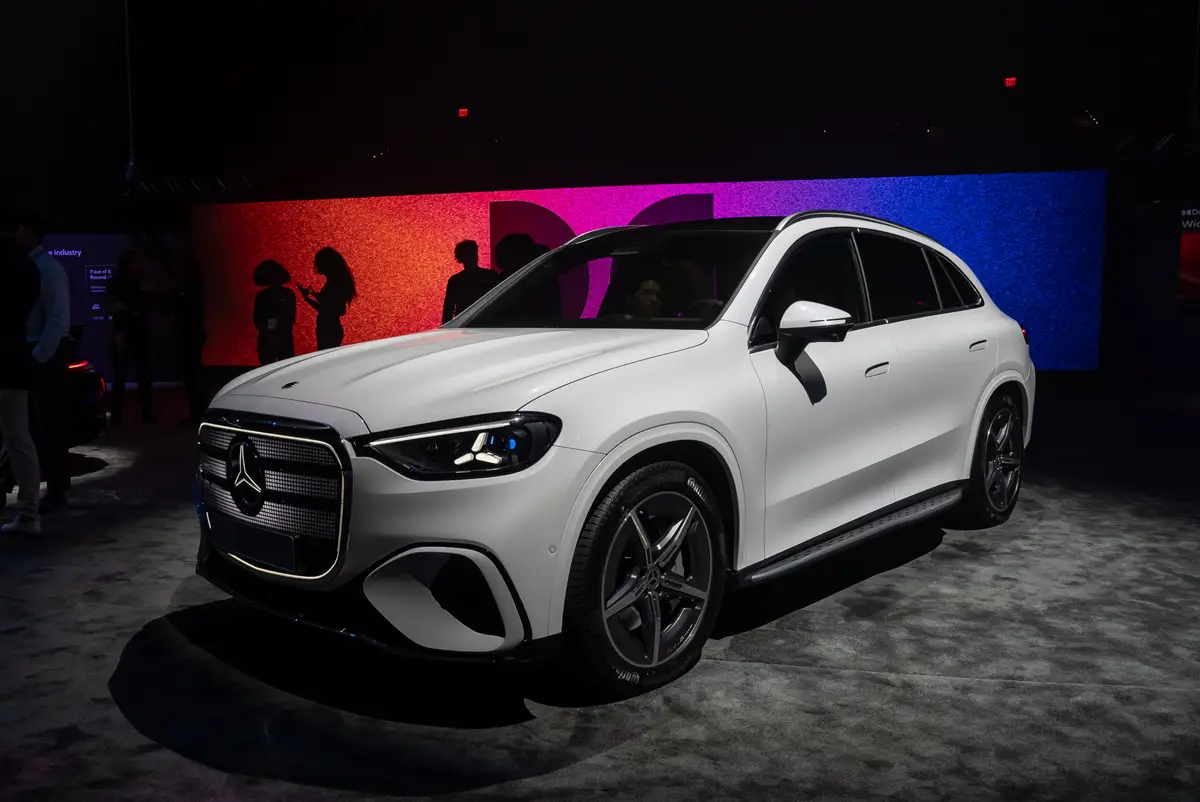IndyStar.com's view
The late Dr. Ferdinand Porsche, the founder of Porsche A.G., was known for fast-moving motor vehicles.
From the lightning-quick Auto Union race cars of pre-World War II to his speedy little sports cars of the postwar years, Porsche utilized his engineering genius to produce automobiles that transcended the ordinary.
While transporting people over the motorways of Europe and America, Porsches imparted an extraordinary freedom of spirit and established themselves as something special.
The good Dr. Porsche has been gone since 1952. Were he still alive, he surely would have put his stamp of approval on the 1993 Porsche 928 GTS that Porsche Cars will introduce this spring. The new GTS is the most potent Grand Touring sports car that the German automaker ever has offered.
The term Grand Touring may be a bit of a misnomer. This thing is almost a race car in silken clothing, a vehicle offering powerful performance wrapped in the accouterments of a luxury automobile.
“As far as the luxury-car market is concerned,” said Britt Killinger, sales manager of Giganti Porsche-Audi-Volkswagen-Lotus, “928 buyers want uncompromising luxury. But they also want the features of a true sports car.”
The fundamental theme of a true sports car is performance. And the one sure way to get up and go among the sporting set is to use old- fashioned horsepower.
Porsche devotees will find that in abundance in the ’93 GTS, as its engine propels the most powerful eight-cylinder production car ever built by the company.
Like the 928s of the past, the new GTS uses V-8 power, with four overhead cams and four valves per cylinder. But the piston displacement of the ’93 V-8 is 5.4 liters (329 cubic inches), up from the 5.0 liters of the predecessor 928 models. That results in 345 horsepower, up from the 5.0’s 326 horsepower. And there is a 12 percent increase in torque that has a significant effect on acceleration.
The 5.4 develops a muscular 369 foot-pounds of torque at 4,250 rpm. By comparison, the huge V-10 in the Dodge Viper develops 450 foot-pounds of torque from 8.0 liters (488 cubic inches) of displacement.
The “dig” of the 5.4 propels the GTS from zero to 60 miles per hour in 5.5 seconds when equipped with a five-speed manual transmission. The 0-60-mph acceleration time of the four-speed automatic transmission version is 5.6 seconds.
The top track speed for both the manual and automatic models is 171 mph, a pace guaranteed to get the attention of professional as well as amateur sports-car buffs.
However, the GTS is no raw-boned piece of machinery. The car is as elegant as it is powerful. It is equipped with an imposing list of features designed for comfort and driving pleasure.
“Our clients (for the GTS) predominantly are male executives,” Killinger said, “although we’re seeing more female buyers because they like the automatic transmission. But in either case, they are buyers of luxury-type cars.”
Luxury comes in the form of equipment found in the bes t of expensive sedans. It’s all packaged amid power accessories, leather, automatic climate control, a l0- speaker stereo system, memory for the driver’s seat, a 22-function information system, and a l0-function computer.
“It’s the kind of a car that many people keep for a long time,” Killinger said. “And it appeals to a wide range of buyers.”
The design of the GTS has been influenced by Porsche’s vast experience in motor sports. The design takes into account people engineering as well as hardware engineering.
The company’s engineers take the position that driver control is enhanced by driver comfort and by the convenience of operational equipment. In this light, everything is grouped around the driver so that he or she needs minimum hand movement to reach all the switches.
Both the driver and passenger seats are power operated. The driver can adjust the steering column so thatthe seating and steering are in the preferred position. The thinking here is that when you’r e going f ast it is advisable to be part of the car rather than just riding in it.
The styling of the new 928 also has been upgraded, although it may take a practiced eye to pick out the fine points.
Principle among these are widened rear fenders and new five-spoke, 17-inch wheels. A rear wing-type spoiler and outside mirrors similar to those of the Porsche 959 complete the upgrading.
It is worth noting that to harness the increase in horsepower, the wheel size has been increased to 17 inches compared to the 1992 928’s 16-inch size. The front 225/45 ZR-17 and rear 255/40 ZR-17 tires put a lot of rubber on the road to maximize control.
The car is not Porsche’s most expensive model, that honor going to the 911 Turbo, but it runs a pretty good second.
“In 1991,” Killinger said, “you were talking in the mid-80s ($80,000). We think they will maintain the integrity of the price right around there. Depending upon what you do with it in the way of options, it might go to the low 90s.”
Latest news



